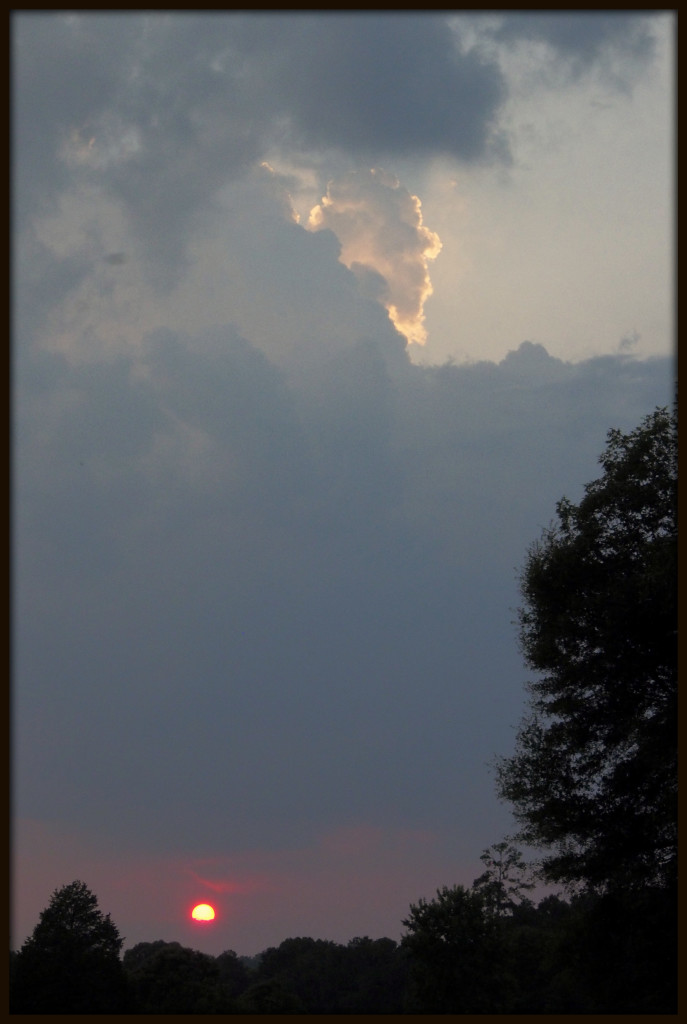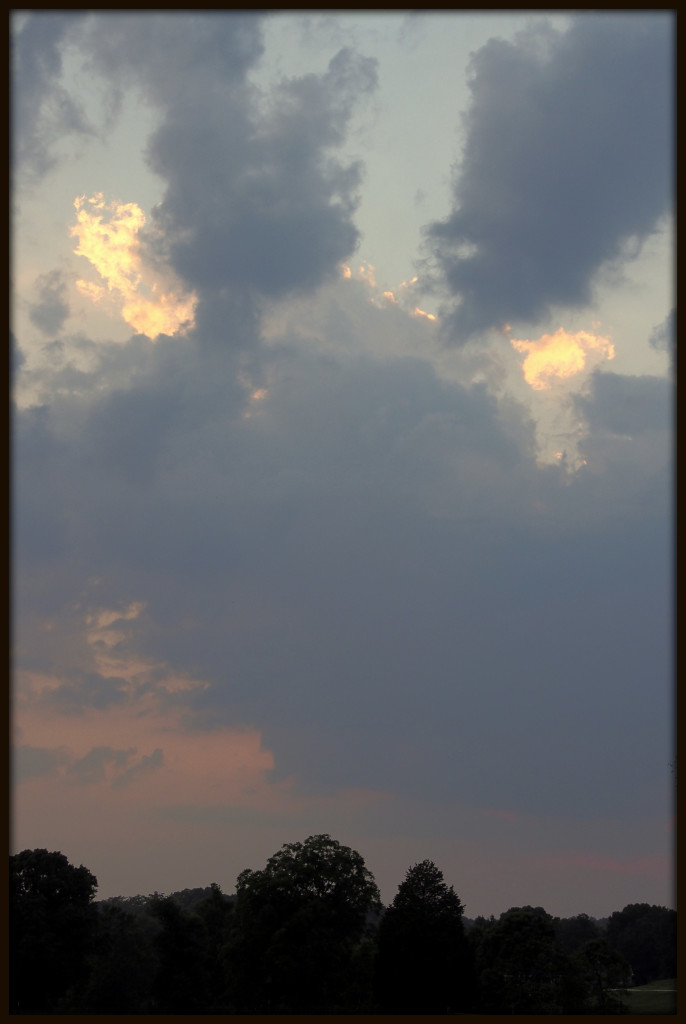Along Piney Woods Church Road, a barbed wire fence holds back the surge of pasture grasses; across the line, the grass is meticulously maintained. I love the flow of light through the pasture in the early morning hours.
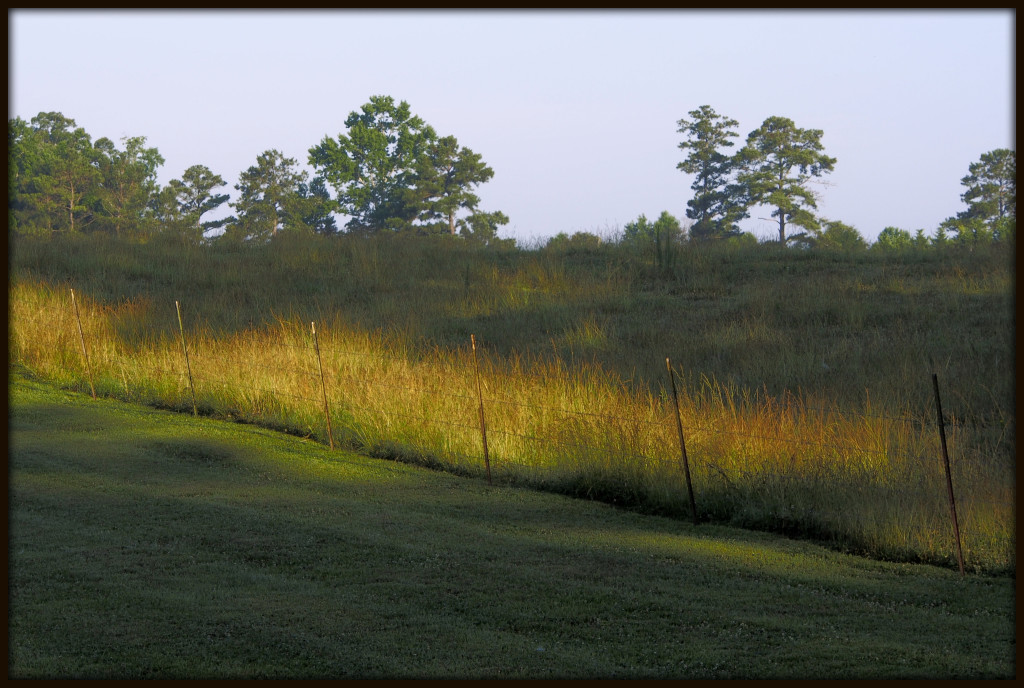
Along Piney Woods Church Road, a barbed wire fence holds back the surge of pasture grasses; across the line, the grass is meticulously maintained. I love the flow of light through the pasture in the early morning hours.

From this morning’s visit to a hedge of booming Cleyera along Piney Woods Church Road, here is my latest photograph of a honeybee hard at work.

Here are a pair of photographs of a beautiful fly, a member of the group referred to as “thick-headed flies” (Family Conopidae, possibly Physocephala sp.). Thick-headed flies are wasp imitators, who also happen to lay their eggs inside the bodies of wasps. This one has lovely blue wings. It was perched on the blooming Cleyera along Piney Woods Church Road, the current roadside “U.N.” for diverse pollinating insects.
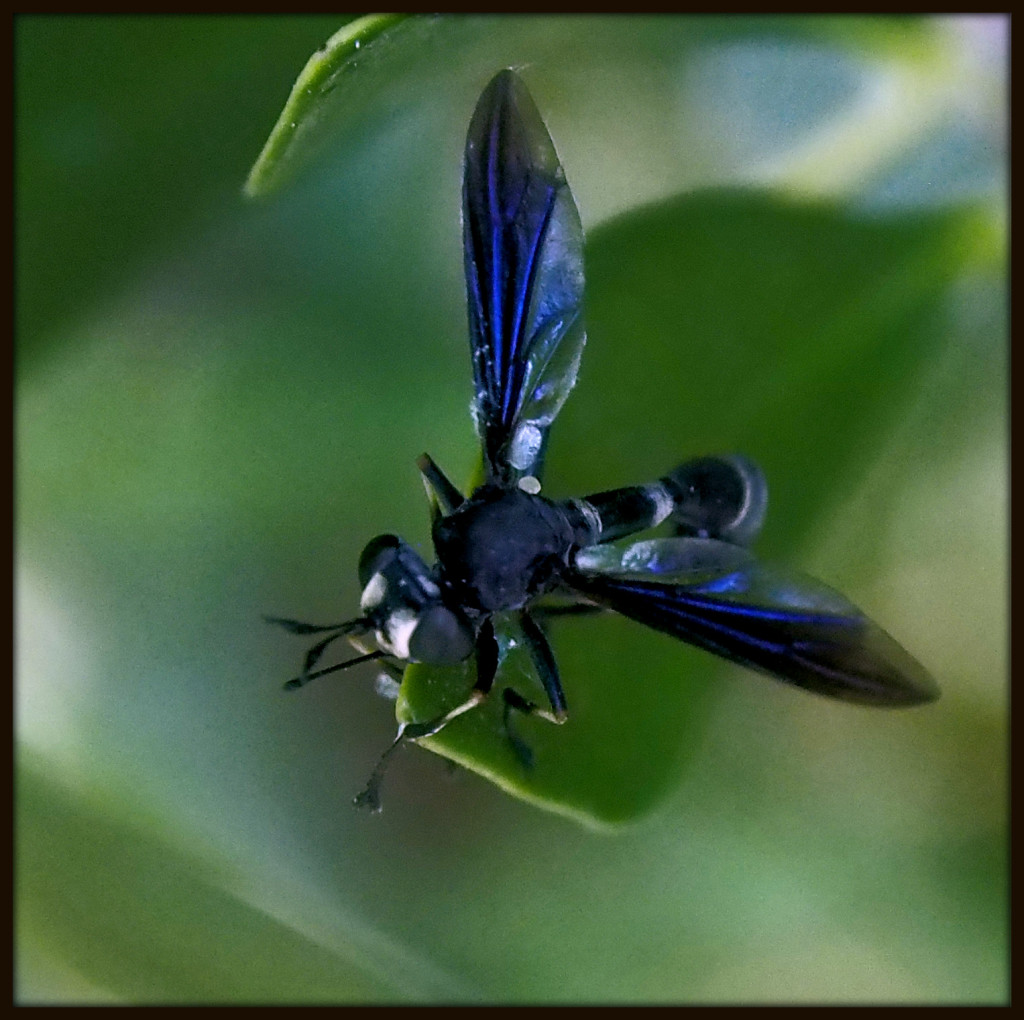

The Cleyera at the corner is pulsing with activity these days. Most of the visitors are honeybees, but I am finding quite a few other insects, ones previously unfamiliar to me. The key, I have found, is to arrive in the early morning, when the air is still cool and insects aren’t dashing too rapidly about. Even then, it takes quite a few photographs to secure one crisp image of a bee. Fortunately, this particular insect, with about a half-inch wingspan, was quite content with being motionless. In fact, when I first saw it, I thought it might be dead, or a molted exoskeleton of something. This plume moth (Family Pterophoridae) has a fragile, ghostly quality about it — so insubstantial compared with most moths and butterflies I have encountered in the past.
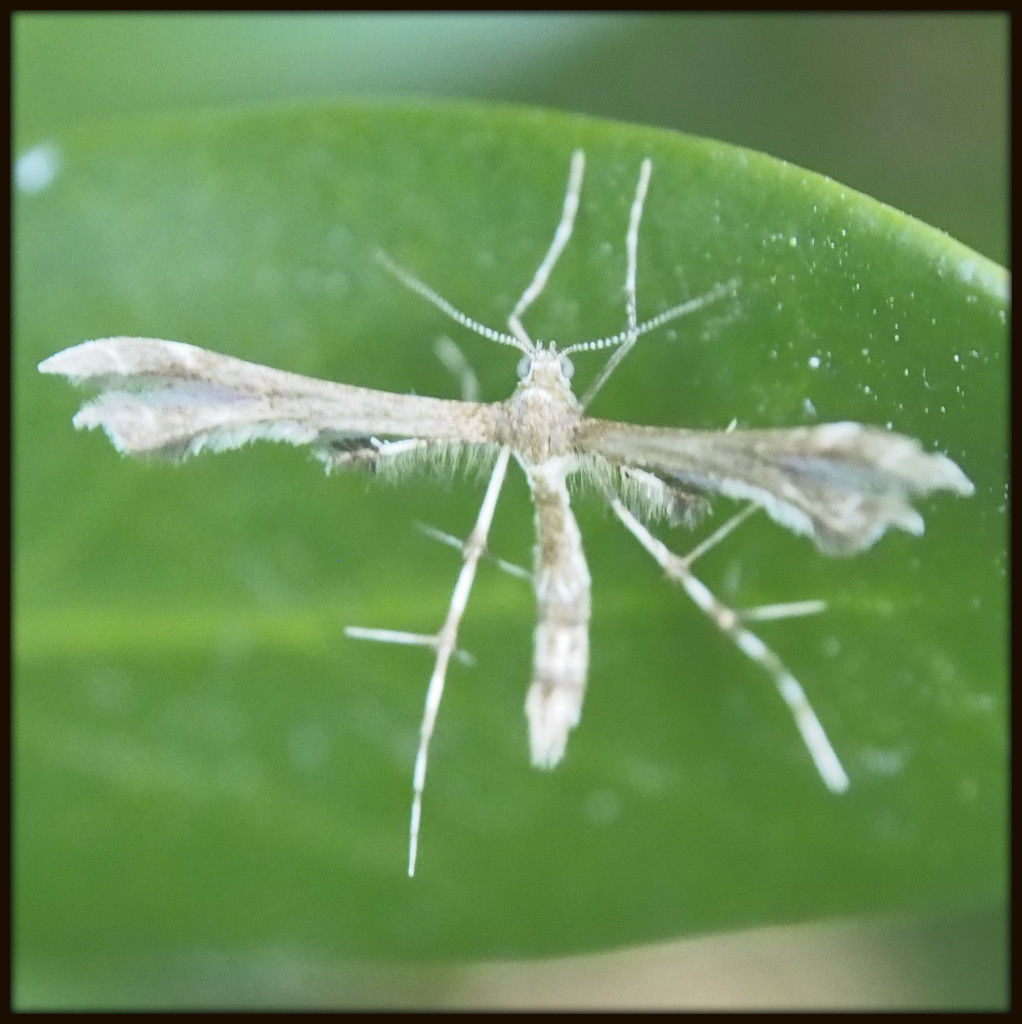
The Cleyera shrub at the end of Piney Woods Church Road was all a-buzz with bees this morning, now that its flowers have opened. Peak bloom is still a day or two away, and so, I suspect, is the peak of bee activity. There were quite a few bees buzzing about, along with a scattering of smaller insects. The bees were quite intent on their task, dashing from flower to flower to perform their necessary tasks, making macro photography difficult. I may return tomorrow morning for another go. Meanwhile, here is a photograph of a bee hard at work.
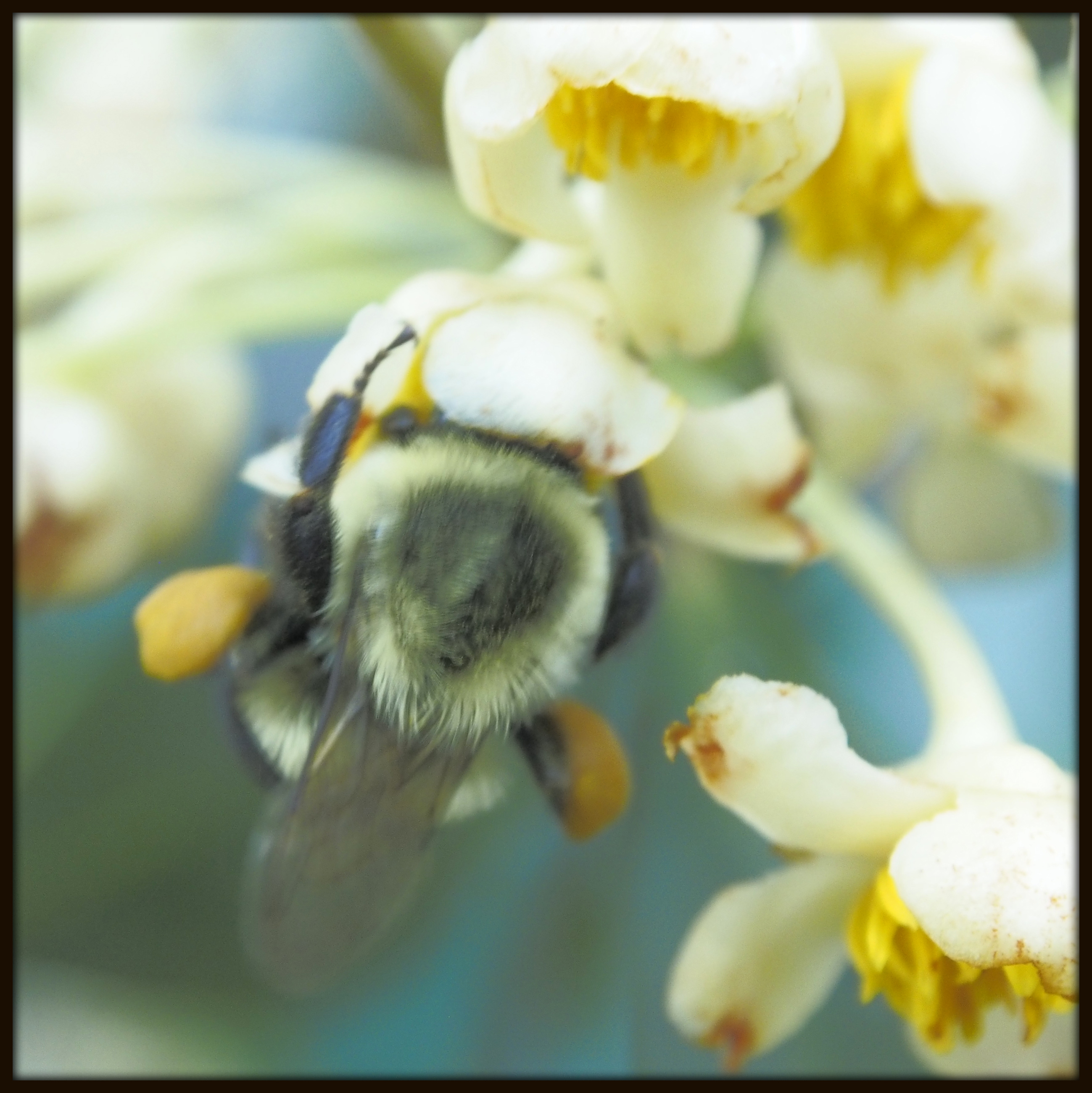
Fruits are developing on a native persimmon tree (Diospyros virginiana ) shading the roadside along Piney Woods Church Road. Future food for deer, foxes, and possibly even me as well.
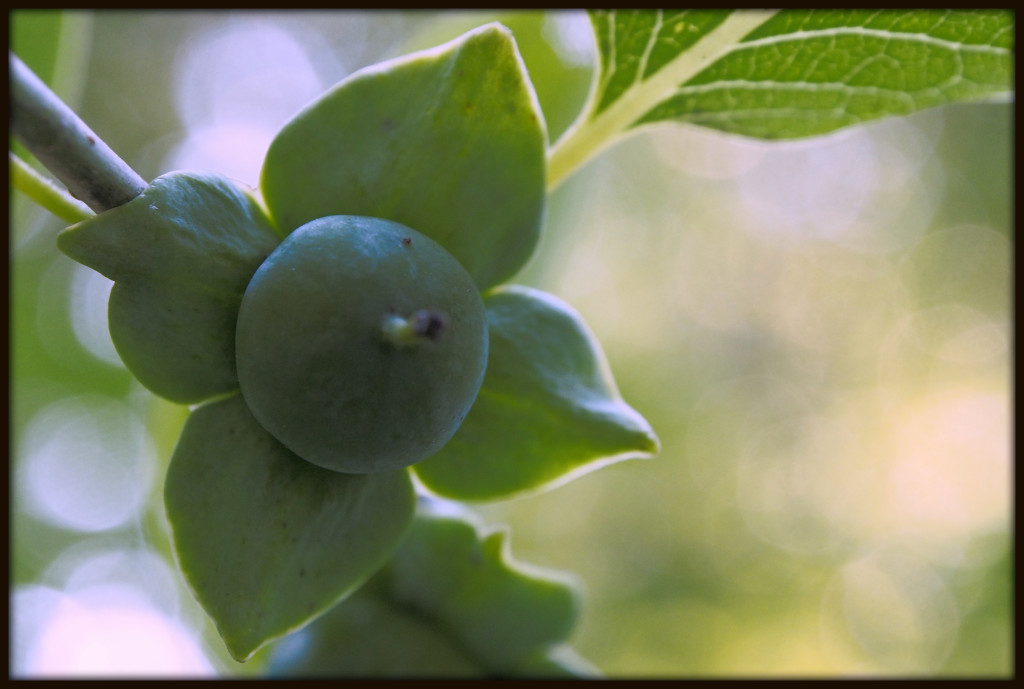

I took this photograph of a sassafras leafscape on my my saunter down Piney Woods Church Road this morning.
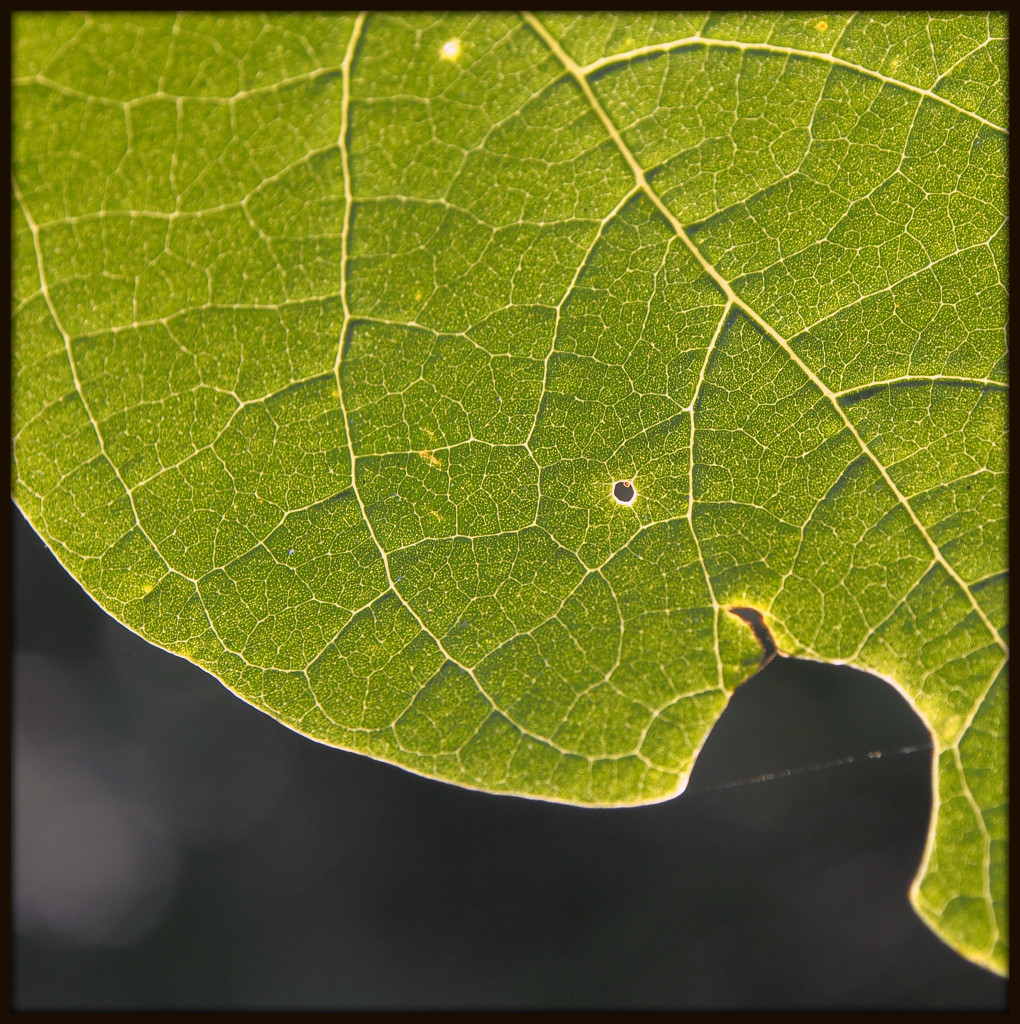
Where Piney Woods Church Road meets Hutcheson Ferry Road, at the turn-around point in my daily walk, there is a shrub that forms a long hedge about ten feet in height. I have no idea what the plant is, though I suspect it is some bit of landscaping that was planted long ago to shield the adjacent residential property. The shrub is rather nondescript, with small untoothed oval leaves in abundance. At the moment, it is in bloom, and at last I have found the courage to photograph it (the shrub does appear in one earlier photo of a mockingbird from April, though). Ironically, while intent on photographing the flowers, I also took an intriguing semi-abstract macro shot of the base of several leaves. A neighbor told me that when it is in bloom, bees swarm all around it. I saw no bees there today, though the flowering is just getting underway.
With help from folks on the Facebook Plant Identification page, I was able to determine that this plant is Clayera (Ternstroemia gymnanthera), an evergreen shrub native to China and Japan, and commonly planted in hedges throughout the Southeast.
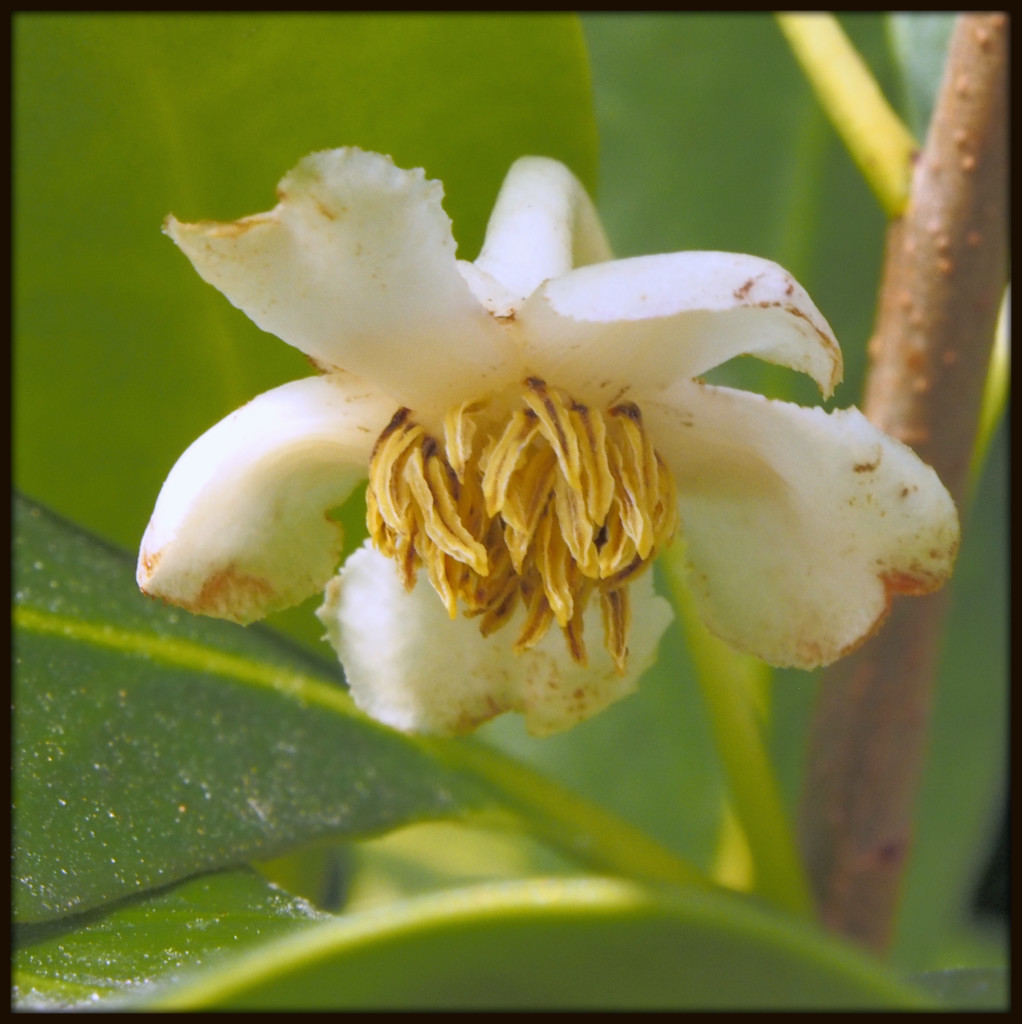

On a hazy late afternoon along Piney Woods Church Road, a thunderhead slowly builds in the distance.

Here are a few photographs from the sunset earlier this evening. After so many days focused on the minute wonders lurking underfoot and all around me along the roadside, it was refreshing to spend a few minutes with my head in the clouds.

